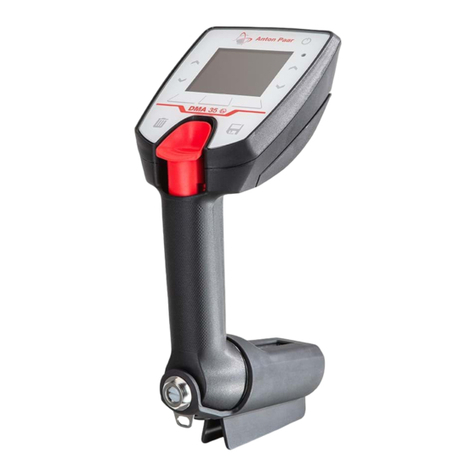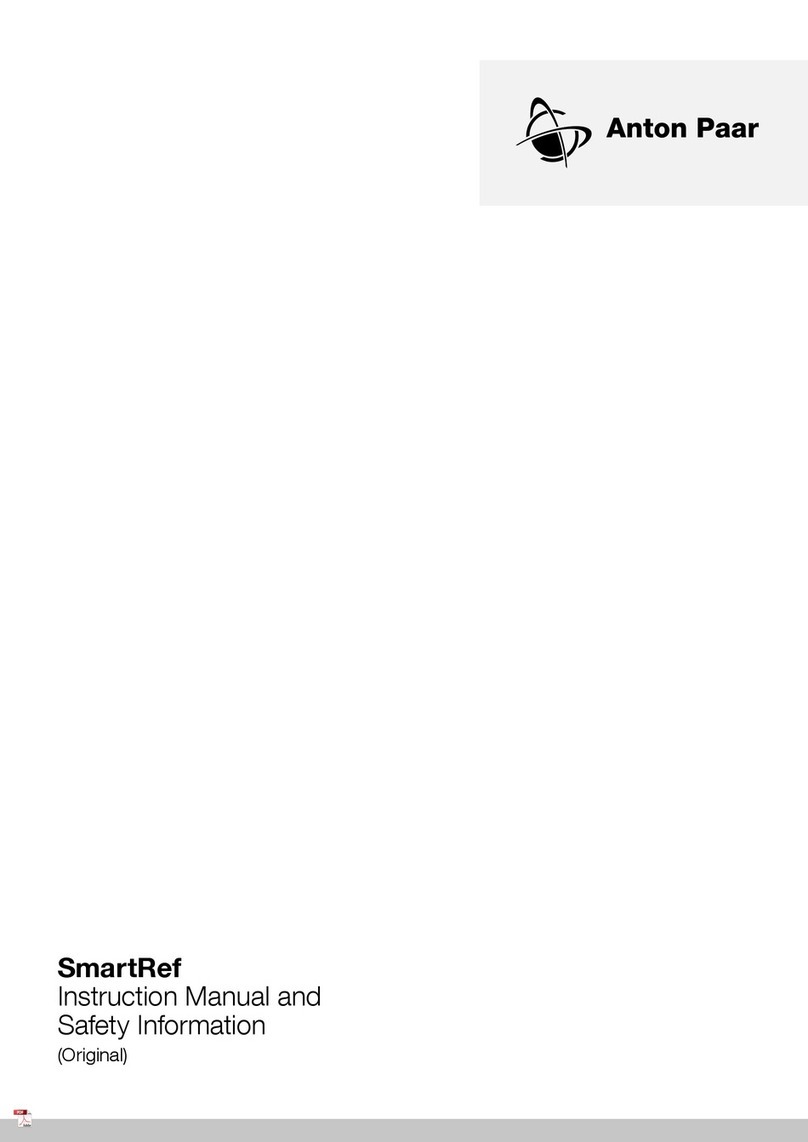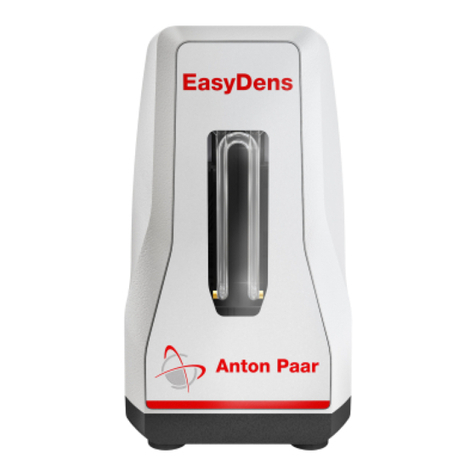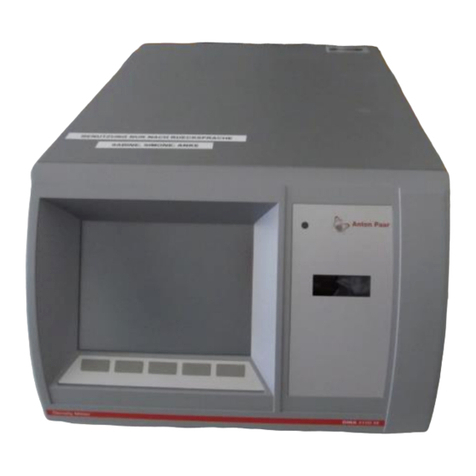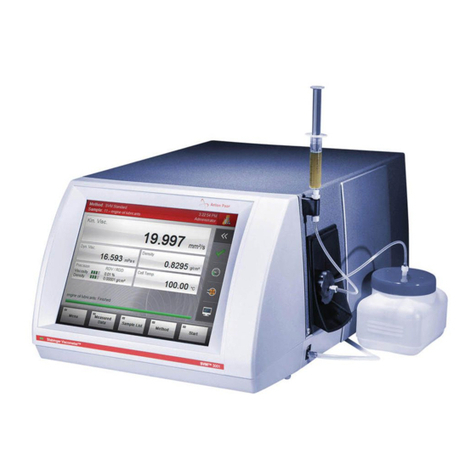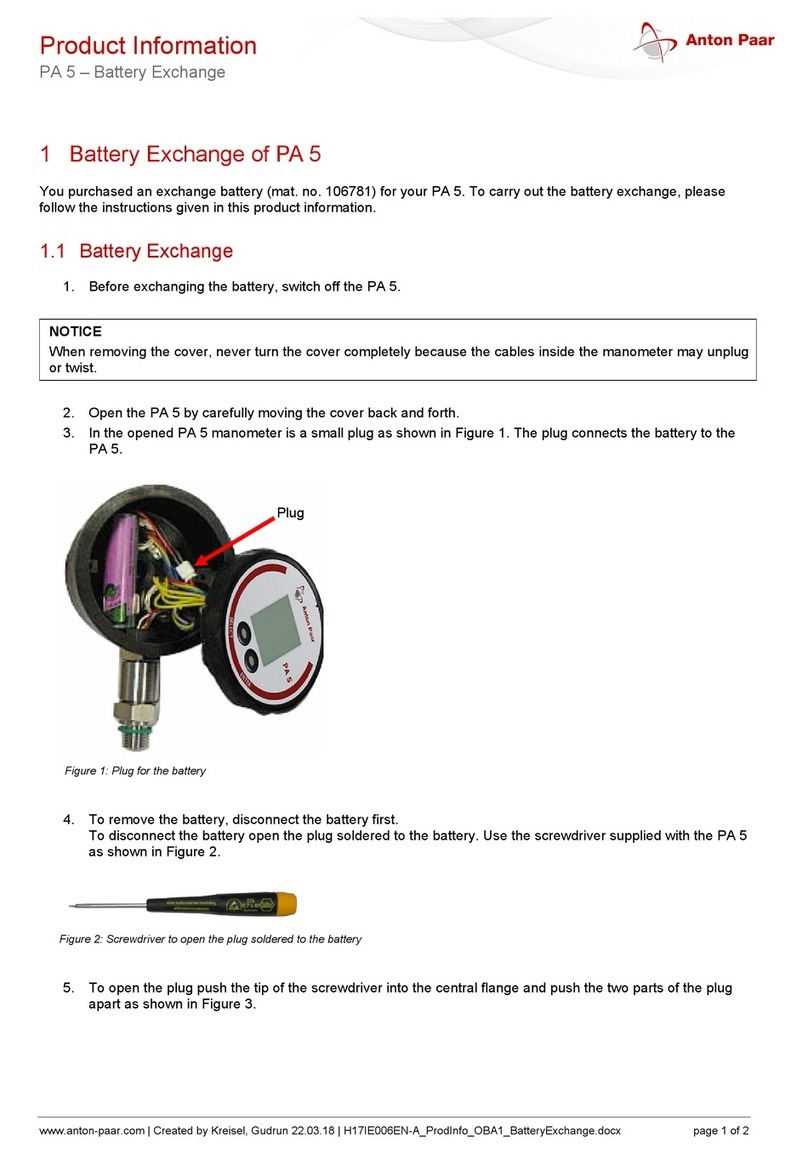
Ultrapyc / UltraFoam Pycnometer Operation Manual TABLE OF CONTENTS
6 of 124
2.13 Calibration/Analysis Chamber ..................................................................................... 27
2.14 Circulator Bath Connections (Optional) ..................................................................... 27
D. ULTRAPYC OPERATION ................................................................................... 28
1Introduction .......................................................................................................................... 28
2Navigation Through Ultrapyc Menus ............................................................................... 29
2.1 Ultrapyc Menu Map........................................................................................................ 30
3Main Menu ............................................................................................................................ 31
3.1 Run Menu ........................................................................................................................ 31
3.1.1 Run Parameters Menu................................................................................31
3.1.1.1 Purge Mode........................................................................................32
3.1.1.2 Run Mode ..........................................................................................32
3.1.2 Sample Parameters Menu ..........................................................................33
3.2 Calibration Menu ............................................................................................................ 33
3.3 System Settings Menu .................................................................................................... 33
3.3.1 Network Menu ...........................................................................................35
3.3.2 Adding a Printer.........................................................................................35
3.3.3 Time Zone Selection..................................................................................35
3.3.4 Balance Mode Menu..................................................................................35
4Initial Software Setup........................................................................................................... 36
4.1 Time and Date................................................................................................................. 36
4.2 Network Configuration.................................................................................................. 36
4.2.1 Connecting the Ultrapyc to a LAN............................................................36
4.2.2 Connecting the Ultrapyc Directly to a Computer......................................39
4.3 Balance Mode .................................................................................................................. 39
5Manual Mode ........................................................................................................................ 39
6Calibration Routine.............................................................................................................. 41
6.1 Calibrate VA..................................................................................................................... 41
6.2 Calibrate VC...................................................................................................................... 44
6.3 Calibration Data Review................................................................................................ 47
7Sample Volume Measurements (Runs) Routine.............................................................. 49
7.1 Set Run Parameters......................................................................................................... 49
7.1.1 Set Target Pressure ....................................................................................49
7.1.2 Set the Equilibrium Time...........................................................................50
7.1.3 Set the Purge settings.................................................................................50
7.1.4 Set the Run Mode.......................................................................................51
7.1.5 Set the Cell Size.........................................................................................53
7.1.6 Set Print/Send Reports...............................................................................53
7.1.7 Set Pressure Units......................................................................................54
7.1.8 Set Gas Type..............................................................................................54
7.2 Set Sample Parameters ................................................................................................... 54
7.2.1 Set Sample Weight.....................................................................................55
7.2.1.1 Digital Balance Mode........................................................................55
7.2.1.2 Manual Entry .....................................................................................55
7.2.2 Set Sample ID ............................................................................................56
7.3 Start Run .......................................................................................................................... 56
7.4 Review Results................................................................................................................. 57
